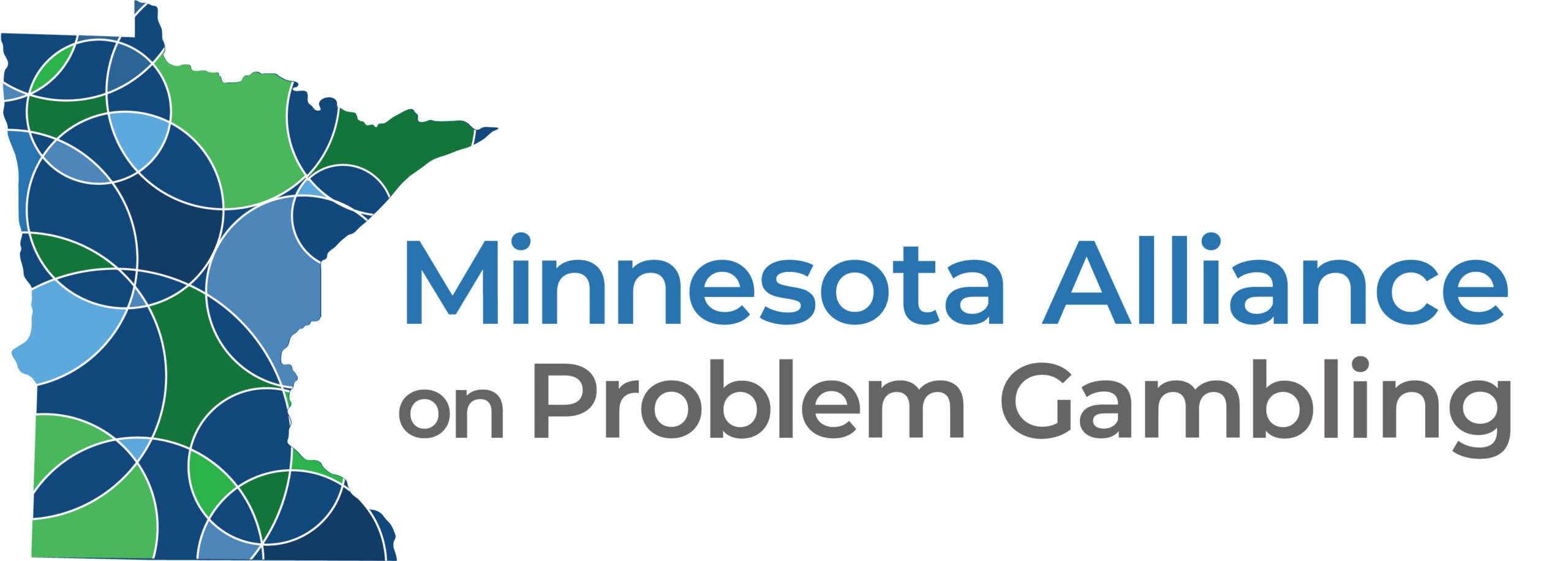By Susan Sheridan Tucker
In early March 2020, I attended the annual New Horizons Conference on Responsible Gambling. It’s a conference that always provides great insights and this year did not disappoint.
The theme was Future-Proofing the Gambling Industry, an aspirational goal where a gambling operator no longer makes money from those exhibiting problem gambling. This may seem like pie-in-the-sky, but several countries are taking steps through advancements in technology that enable them to better identify customers taking too many gambling risks and to engage them in conversations about risks and potential financial harm. We are seeing a subtle shift in the goals of responsible gambling from providing safeguards and prevention initiatives to supporting safer gambling for all, including reinforcing “ideal” consumer behaviors.
“Future-Proofing the Industry: Player Safeguards and Prevention”
There was much discussion about a paper by Judith Glynn of Strategic Science titled, “Future Proofing the Industry: Player Safeguards and Prevention.” The paper sparked conversation about the role of responsible gambling tools, how to make those tools more efficient and effective, and determining ways in which the risks can be identified and addressed. The paper called for greater cooperation between regulators, operators and players, recognizing each has an important role in determining the best ways to minimize the harms associated with gambling.
Some highlights of the paper include:
- Establish the objective as making gambling safer for all players through education and awareness resources. This includes limit-setting tools, self-assessment tools and revising policies for on-site access to personal credit (ATMs, credit cards and limits on house credit, which ensures that the operator has ownership in the process).
- Operators must take a direct role in keeping their players safe. They see firsthand the risky behavior in their customers and have the ability to understand their players’ playing activities and payment practices.
- Operators can respond to a customer exhibiting risky behavior through well-designed messages and personal intervention with trained staff on the floor intervening when a customer escalates their risk levels.
- Success in “future-proofing” will require cooperative efforts from operators, regulators and customers.
The issue that remains with responsible gambling programs is evidence showing that reliable and effective changes ensue in a customer’s behavior. While there is some evidence showing that responsible gambling tools create positive changes in behavior and reduce risk, the adoption rate of such tools is still too low. More work needs to be done to provide messaging that stimulates self-evaluation and personal relevance. Players need to receive messaging that instills autonomy and assists the player in their decision making.
Additionally, self-assessment tools must provide immediate results with personalized and actionable feedback. It’s equally important to respond to the risk as much as just identifying it. While self-assessment tools provide a window to communicate with players, more research is needed to evaluate its effectiveness on actual behavioral change.

